

From Concept Models to Construction: Best Beginner 3D Printers for Architects
Summary
Reflection Questions
Journal Prompt
3D printing is revolutionizing architecture by pushing the boundaries of design and construction, making it an exciting area of innovation in the industry. This technology allows architects to create complex geometries and intricate designs that are difficult or impossible to achieve with traditional methods. It enables rapid prototyping and the production of custom components, enhancing precision and creativity. 3D printing reduces construction time, labor costs, and material waste, promoting more sustainable building practices. Of course, there’s always a learning curve when adopting new technology—no matter which model you choose. With reliable performance, user-friendly designs, and advanced features to try as you get more comfortable with the printing process, below are our picks of the best 3D printers for beginners.
How Architects Can Use 3D Printers in Their Practice
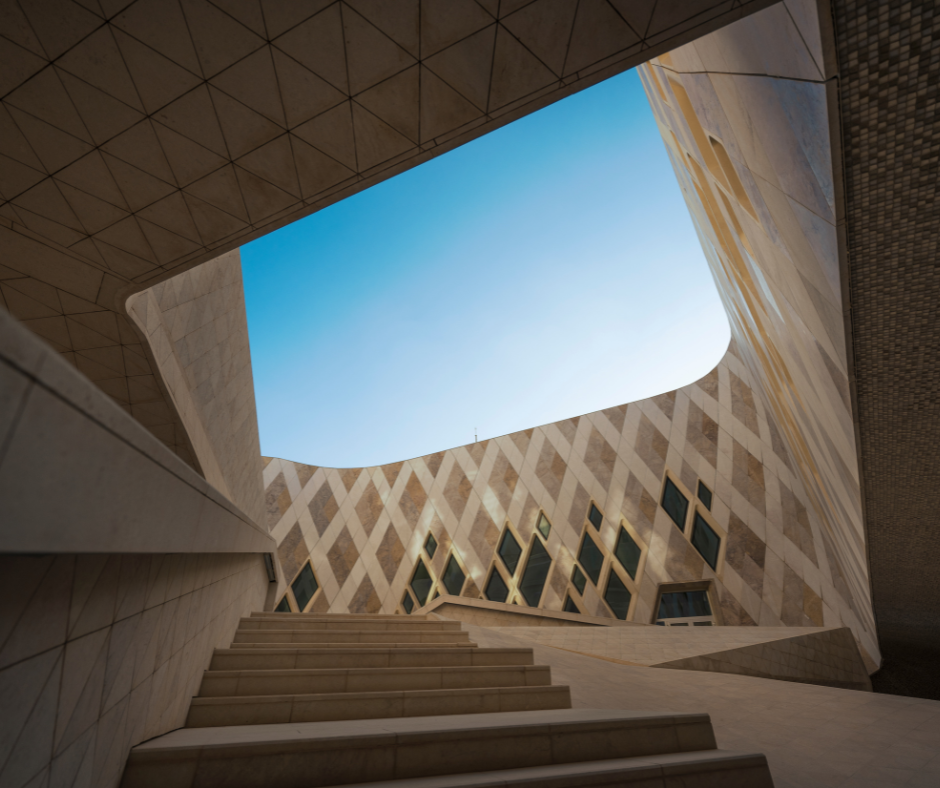

As noted in our intro, 3D printing is transforming architecture by expanding the possibilities of design and construction in a uniquely hands-on way. Real-world applications include the Office of the Future in Dubai, Apis Cor’s Stupino house in Russia and MX3D’s steel bridge in Amsterdam. Completed in 2016, Dubai’s Office of the Future is the world’s first fully functional 3D-printed office building. The building was printed in layers using a giant 3D printer, and the process took 17 days to complete. It acts as an office space for the Dubai Future Foundation and showcases the potential of 3D printing in construction.
In 2017, Apis Cor, a construction company, used a mobile 3D printer to print a 400-square-foot house in Stupino, Russia. The house was printed in 24 hours, demonstrating the speed and efficiency of 3D printing technology in creating affordable housing. MX3D, a Dutch company, created a 3D-printed steel pedestrian bridge that spans one of Amsterdam’s canals. The bridge was completed in 2021 and is a testament to the capabilities of 3D printing in producing complex and durable structures.
Below are other ways in which architects can use 3D printers to develop concepts, test, ideas, and communicate with clients.
Concept Models
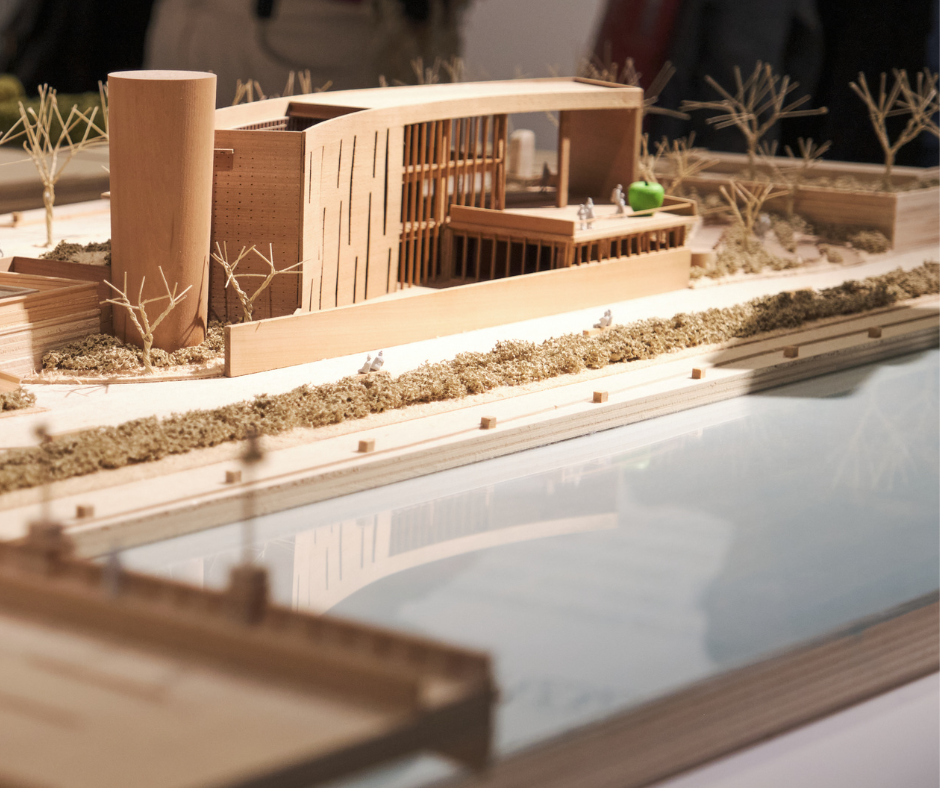

Architects create detailed and accurate scale models of their designs using 3D printing technology, transforming digital blueprints into tangible representations. These models enable the visualization of complex structures, allowing architects, clients, and stakeholders to better understand the spatial dynamics and aesthetic details of a project. This tangible approach not only facilitates more effective communication but also helps in identifying potential design flaws early in the development process, ensuring that the final construction aligns with the envisioned concept.
Prototyping
3D printing enables rapid prototyping of architectural elements, allowing architects to quickly produce physical models of specific components or entire sections of their designs. This capability is crucial for testing and refining ideas before committing to full-scale construction. By evaluating prototypes, architects can experiment with different materials, structural forms, and design variations, ensuring optimal functionality and aesthetic appeal. This iterative process reduces the risk of costly errors and enhances the overall quality of the final construction.
Custom Components
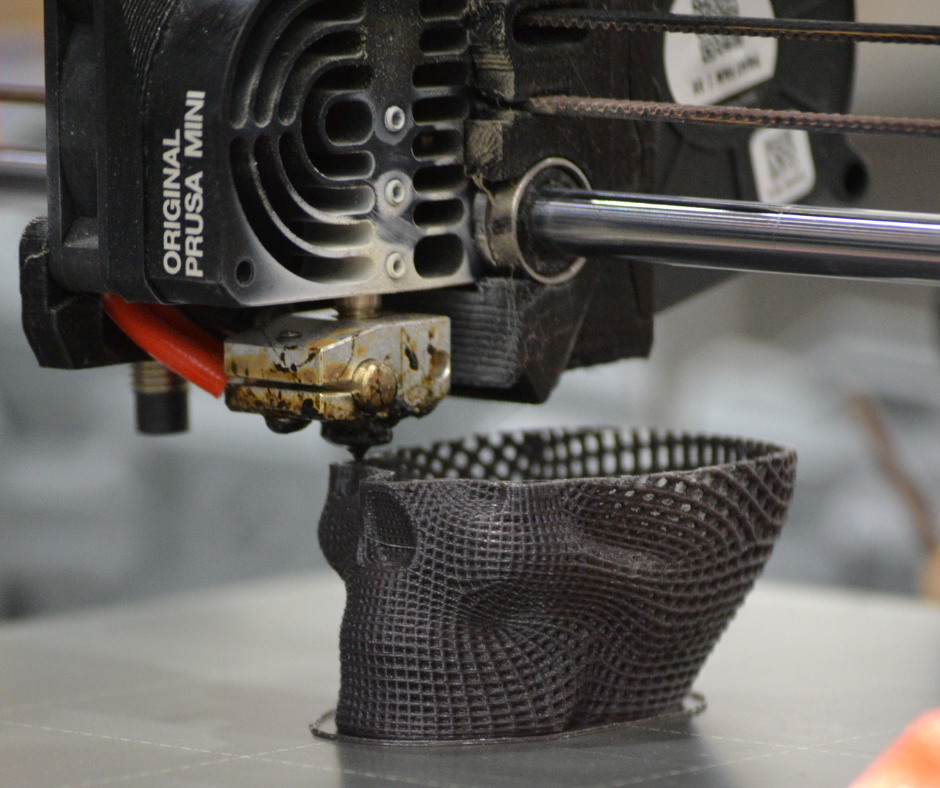

Architects leverage 3D printing to design and produce unique, custom components that might be challenging or expensive to manufacture using traditional methods. This includes intricate facades, decorative elements, and specialized structural parts tailored to specific project requirements. The precision of 3D printing allows for the creation of highly detailed and complex designs, offering a level of customization that enhances the aesthetic and functional aspects of architectural projects, setting them apart from conventional buildings.
Full-Scale Construction
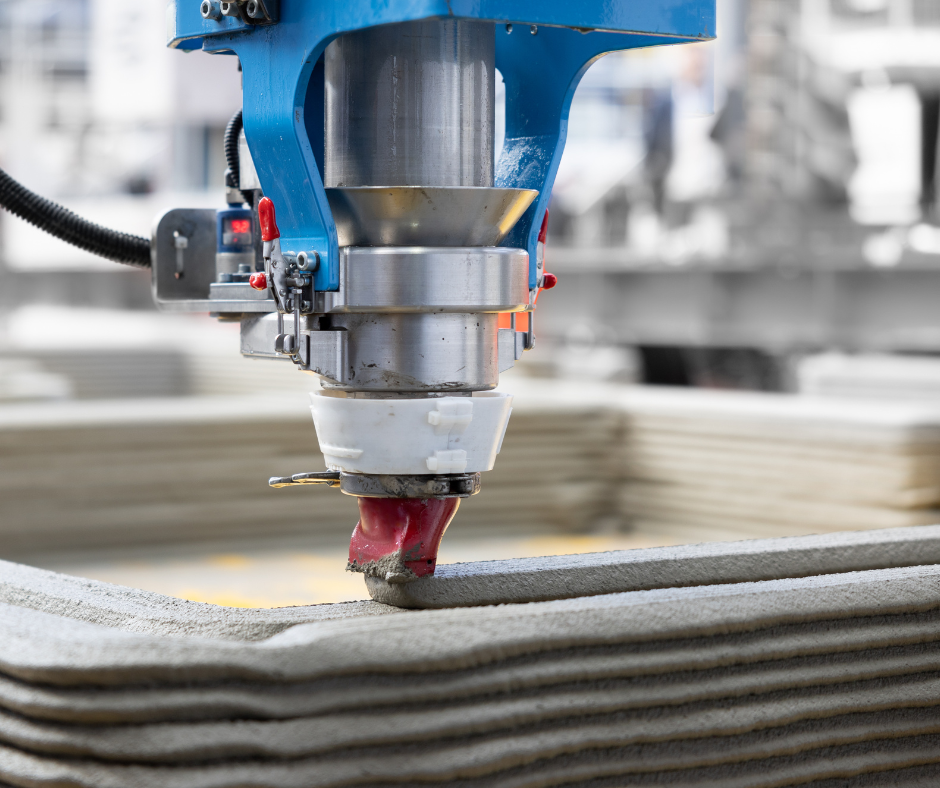

In some pioneering projects, entire buildings or large components are constructed using 3D printing technology. This innovative approach can significantly reduce construction time, labor costs, and material waste. Examples include residential homes, emergency shelters, and even commercial buildings. The efficiency and speed of 3D printing in creating structural elements or entire structures streamline the construction process, making it possible to address housing shortages and disaster relief needs rapidly and cost-effectively.
Sustainability


3D printing promotes sustainability in architecture by allowing for the use of eco-friendly materials and significantly reducing construction waste. Traditional construction methods often result in substantial material waste, whereas 3D printing uses only the necessary amount of material for each component. Additionally, the technology supports the incorporation of recycled and biodegradable materials, aligning with green building practices and contributing to the development of environmentally responsible architecture.
Complex Geometries
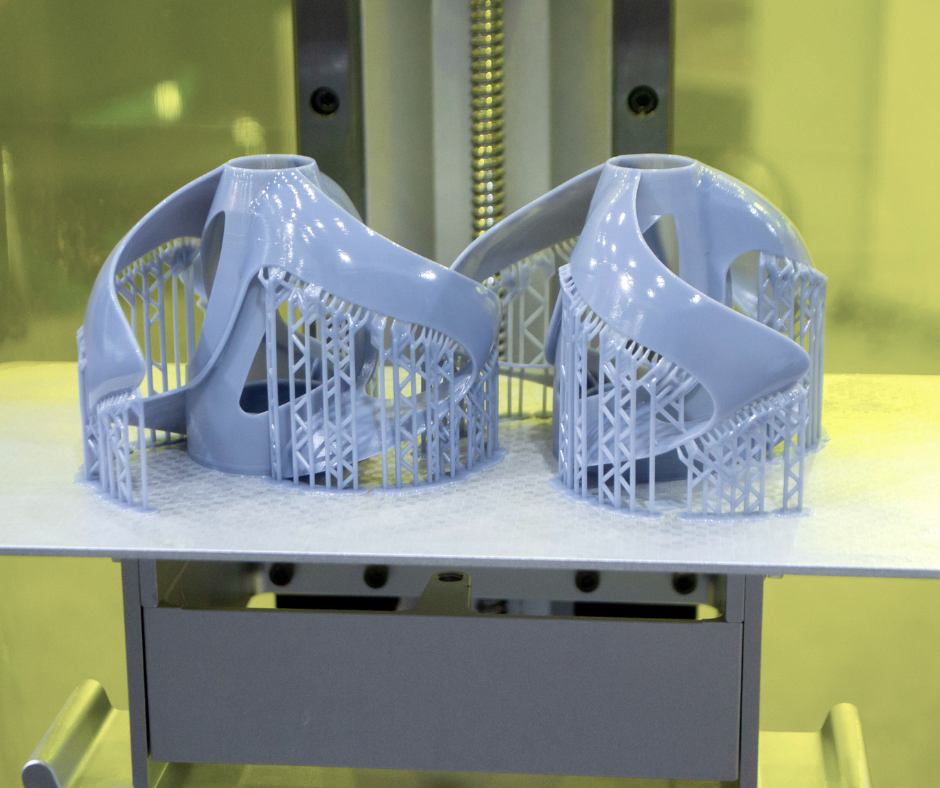

3D printing opens up new possibilities for creating complex geometries and organic forms that are difficult to achieve with traditional construction techniques. This capability allows architects to explore innovative designs that push the boundaries of conventional architecture. By enabling the production of intricate and non-standard shapes, 3D printing fosters creativity and experimentation, resulting in buildings with unique and visually striking aesthetics that enhance the architectural landscape.
These Are the Best 3D Printers for Architects Who Have Never Used the Technology
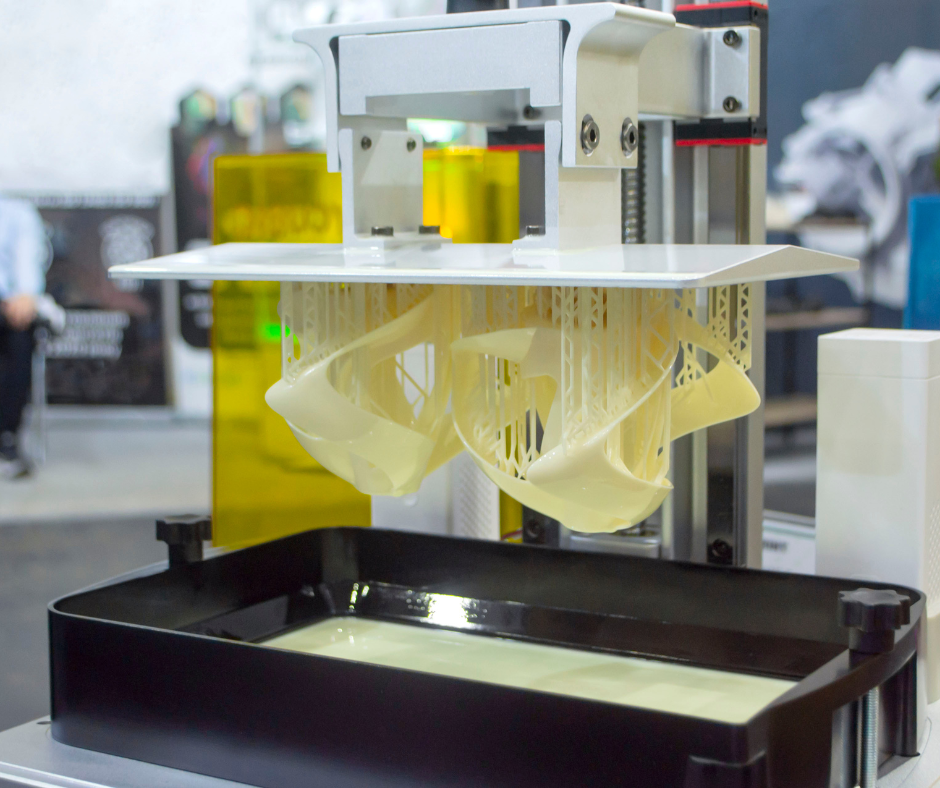

There are several types of 3D printers, each using different technologies to create objects. Fused Deposition Modeling (FDM) printers are the most common and affordable. A filament printer uses a heated nozzle to extrude and layer melted filament, typically made of plastic.
Stereolithography (SLA) resin printers use a laser to cure liquid resin into solid layers, producing high-resolution and detailed prints. Selective Laser Sintering (SLS) printers use a laser to fuse powdered material, often nylon, into solid parts, making them suitable for complex geometries and functional prototypes.
Fuel your creative fire & be a part of a supportive community that values how you love to live.
subscribe to our newsletter
Digital Light Processing (DLP) printers, similar to SLA, use a digital light projector to cure resin, offering high-speed and precise printing. Each type has its advantages and is suited for different applications, from hobbyist projects to professional manufacturing. Below are a few of the best 3D printers for those who have never used this technology before.
Ultimaker S5
The Ultimaker S5 is renowned for its large build volume, dual extrusion capabilities, and high precision, making it compatible with a wide range of materials, including PLA, ABS, and Nylon. These features make it ideal for creating detailed architectural models with complex geometries and multiple materials, providing architects with the flexibility and accuracy needed for intricate designs.
Priced in the higher range of 3D printers, the Ultimaker S5 is a reliable and professional-grade option that offers excellent print quality and ease of use, making it a great investment for architects seeking to push the boundaries of their creative projects.
For more details, you can visit Ultimaker or purchase from MatterHackers and Top3DShop.
Formlabs Form 3
The Formlabs Form 3 utilizes SLA (stereolithography) technology to produce high-resolution prints with a user-friendly interface and automatic resin dispensing system. This printer excels in producing highly detailed and smooth surface finishes, making it perfect for intricate architectural models and prototypes. The dimensional accuracy is practically unparalleled.
With a mid-to-high price point, the Form 3 offers superior print quality and detail resolution, particularly advantageous for small-scale models and precision-demanding projects. Its ability to deliver exceptional detail makes it an invaluable tool for architects focused on achieving the highest level of accuracy in their designs. This printer might not be the ideal starter system, but it will be an excellent new printer as a follow-up to your first.
You can find more information and purchase options on Formlabs.
Creality Ender 3 V2
The Creality Ender 3 V2 is an FDM 3D printer known for its easy assembly, large build volume, silent operation, and user-friendly interface. These features make it an affordable option that is widely supported by the 3D printing community, providing high-quality prints for various projects.
Positioned in the budget-friendly price range, the Ender 3 V2 is easy to use, reliable, and offers great value for money, making it an excellent choice for beginners looking to explore the world of 3D printing without a steep learning curve or significant financial investment. For future prints with more complexity, you might look into a more advanced system.
Anycubic i3 Mega


The Anycubic i3 Mega is an FDM printer featuring a touch screen, auto bed leveling, a filament sensor, and a sturdy metal frame. These features ensure easy setup, good print quality, and affordability, making it a practical choice for new users.
With a reasonable price point, the i3 Mega is user-friendly and equipped with helpful features that simplify the printing process. This makes it ideal for beginners seeking a straightforward and reliable 3D printing experience, supported by a robust and durable build.
FlashForge Finder
The FlashForge Finder is an FDM printer that comes fully enclosed, with Wi-Fi connectivity, an easy-to-use touchscreen, and quiet operation. These features contribute to its safety and ease of use, making it perfect for beginners, especially in educational settings where safety and simplicity are paramount.
Priced moderately, the Finder is compact, reliable, and comes with comprehensive support and tutorials. Its combination of safety features, ease of use, and supportive resources makes it an excellent option for those new to 3D printing.
Monoprice Select Mini V2


The Monoprice Select Mini V2 is an FDM printer that arrives pre-assembled and includes a heated build plate, Wi-Fi connectivity, and a compact size. These features make it budget-friendly, versatile, and easy to use, catering to a wide range of printing needs.
With a very affordable price point, the Select Mini V2 offers a simple setup, reliable performance, and excellent value for its price. Its ease of use and dependable functionality make it a perfect starter 3D printer for beginners who want a hassle-free introduction to 3D printing.
MakerBot Replicator+


The MakerBot Replicator+ features a large build volume, Smart Extruder+, and cloud-enabled capabilities, all packaged in an easy-to-setup design. As an FDM printer, it provides reliable and consistent performance with user-friendly features, ensuring smooth operation and high-quality outputs.
Positioned in the mid-price range, the Replicator+ is robust and efficient, making it suitable for creating medium to large-scale architectural models. Its combination of reliability, ease of use, and comprehensive feature set makes it an excellent choice for architects looking to produce detailed and substantial models efficiently.
Prusa i3 MK3S+


The Prusa i3 MK3S+ is a high-precision FDM printer equipped with features like auto bed levelling, a filament detection sensor, and a removable print bed. The Prusa i3 MK3S+ also has a direct drive extruder. This feature allows for better control of the filament, improving print quality, especially when working with flexible or specialty filaments.
The other features (like the automatic bed leveling) contribute to its excellent print quality, ease of maintenance, and cost-effectiveness. It’s a great first printer for architects. As a budget-friendly option, the MK3S+ offers versatility and reliability, making it perfect for producing detailed architectural models without breaking the bank. Its balance of high performance and affordability makes it a popular choice among architects who need a dependable and efficient printer for various design tasks.
Final Thoughts on Finding the First 3D Printer for Your Architecture Firm
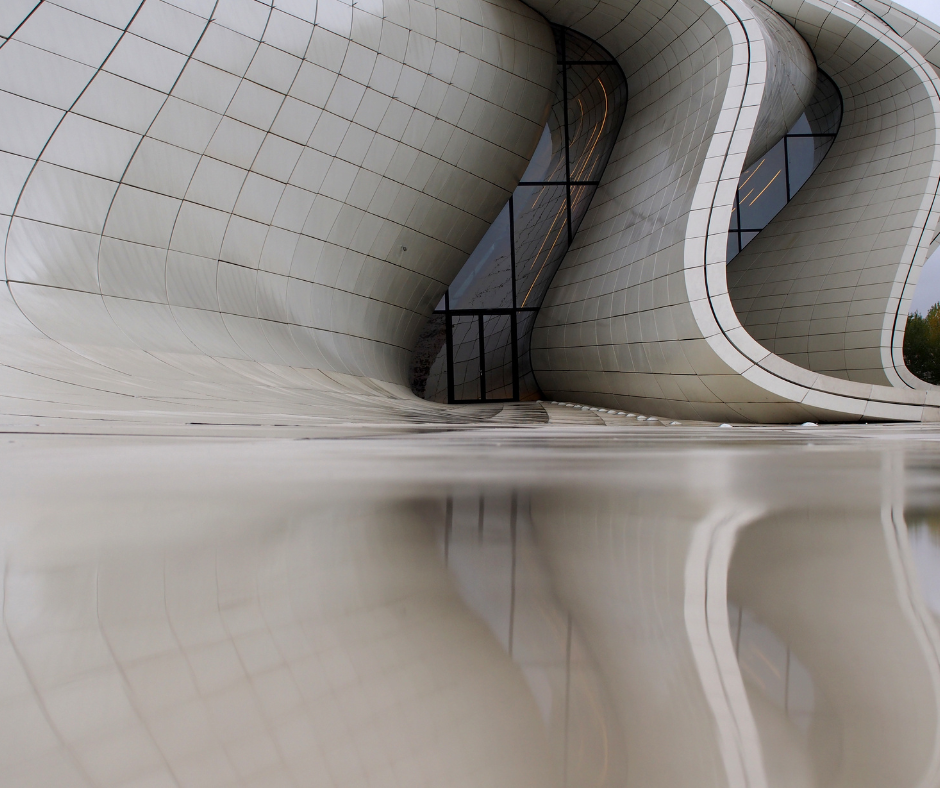

Whether opting for the professional-grade capabilities of the Ultimaker S5 and Formlabs Form 3 or the beginner-friendly features of the Creality Ender 3 V2 and Anycubic i3 Mega, the right 3D printer can profoundly elevate an architect’s practice. As you get started in 3D printing, carefully consider your needs and budget to select a printer that aligns with your creative and professional ambitions. With the right 3D printing tools, architects can turn their most visionary designs into tangible reality, crafting innovative and sustainable structures that redefine the future of architecture.








